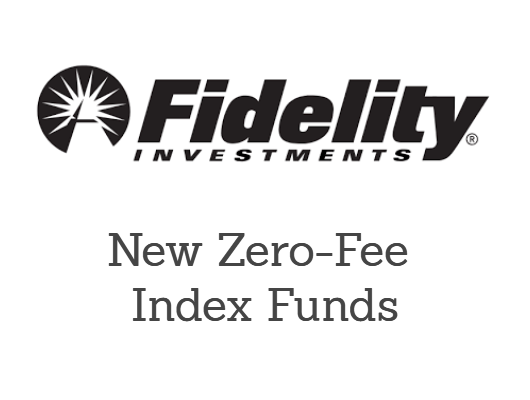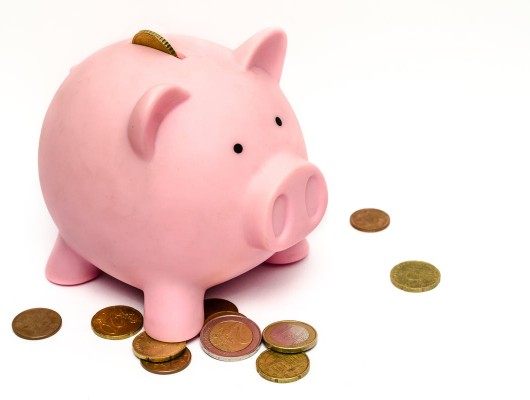Wal-Mart shares got poleaxed Wednesday, dropping more than 10% in a truly stunning session. It was the company’s worst one-day performance in 17 years, and Wal-Mart’s woes dragged the Dow to a more than 150 point loss Wednesday.

Wal-Mart, the world’s largest retailer and largest company by revenues, lost an astounding $20 billion of value in just one day. To put that in perspective, Wal-Mart earns $15 billion a year in net income. So the market decided Wednesday’s developments were sufficient to negate the value of more than a year’s worth of Wal-Mart’s earnings. Can you say overreaction?
First up, the bad news. And yes, admittedly, it is quite bad on the surface of it. The company said sales will miss expectations for this year, and that revenues will be flat over the next two years as well. Not only that, but earnings will also fall, particularly in 2017, by up to 12% thanks to increases in wages to employees and investments in digital technology to fend off the e-Commerce threat.
The revenues shortfall is driven, like everything recently, by the painfully strong US dollar. For a company with operations in more than two dozen countries, the stronger dollar has put a walloping on the company’s bottom line.
When you’re the largest retailer in Canada and Mexico, and both those countries’ currencies devalue by 25%, well yes, your earnings are going to take a big blow.
On the positive side, revenues will still be up next year 3% to 4% on a constant currency basis. In other words, if the dollar weren’t going parabolically higher, sales would still be increasing faster than the inflation rate. So contrary to all the bearish gloom and doom, the business model is still working. The issue is more in the fleeting problems caused by the dollar’s rise.
Let’s be clear, the company has some real challenges. The stock hasn’t fallen more than 30% this year just out of the blue. The stock deserved to fall, though not to this extent, as it digests rising labor costs and weakening performance in overseas markets.
But it is emphatically a buy at these prices. First up, some historical context. Back in the olden days of the Spring of 2000, more than 15 years ago, Wal-Mart traded at $60/share. And no, that’s not split-adjusted or anything. If you bought the stock then, your stock has gone nowhere, although you’ve gotten a decade and a half of rising dividend payments along the way.
The $60/share Wal-Mart of 2000 was a different beast. It traded at more than 30x earnings and a barely 1% dividend yield. It was priced like a highflying growth stock, the Starbucks or Nike of its day, with huge international aspirations and a soaring share price to back it up.
The Wal-Mart of today is now viewed as a geriatric business whose better days are far behind it. The $60 share price is now supported by nearly triple the earnings base and dividend as it was 15 years ago and yet the share price hasn’t moved an inch. The company is now priced as though it were the modern day Sears or K-Mart rather than the world’s retailing titan.
At its current 13 PE ratio and 3.3% dividend yield, you get paid handsomely to own this company. Wal-Mart has increased its annual dividend for 40 years in a row, and with a low payout ratio, you can be sure the dividend will keep growing for many more years.
In addition, the company is using its cash flow to buy back huge chunks of stock. The company just authorized a $20 billion buyback. Think about that amount for a second.
The company will be retiring more than, at today’s bargain share price, 300 million shares of stock in the near future. That’s 10% of the whole company, and more than 20% of the portion of the company not owned by family insiders.
As the share count drops sharply, each remaining share is entitled to more and more of the company’s earnings. And with the number of shares it has to pay dividends on reduced, it can boost the dividend for remaining shares sharply. At the current dividend rate, retiring 300 million shares will save the company $600 million per year. That’s a nice bit of coin.
For share performance, let’s be clear, it could stay in the 60s awhile. Investors tend to feel glum after this sort of negative news. But the worst is out of the way. The company has reset the bar very low for expectations. Any positive business performance will boost sentiment strongly in coming quarters.
It’s rare you get to buy an elite business like Wal-Mart with such a long track record of growth, quality management, and caring for its shareholders at such a good price. Its 13 PE is not only below the historical 15 average but way below the current PE ratio for the S&P 500. When quality companies go on sale at bargain prices, that’s the time to buy.


